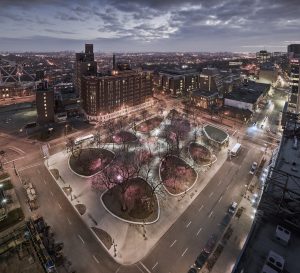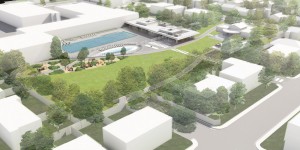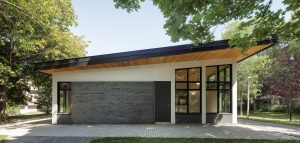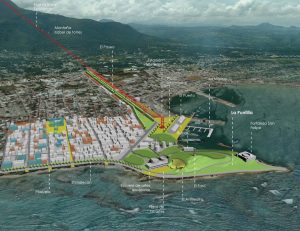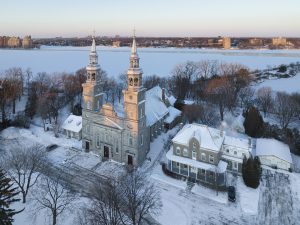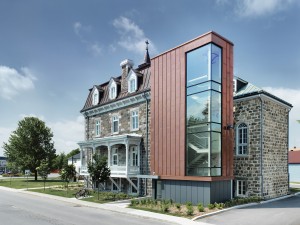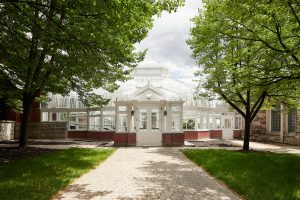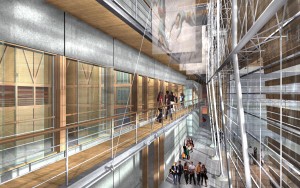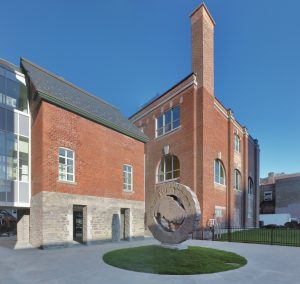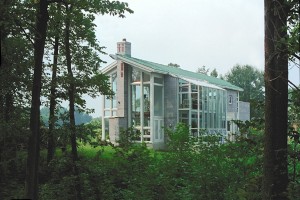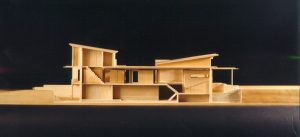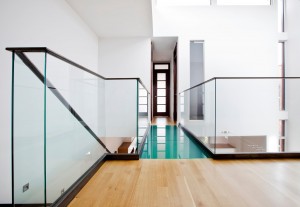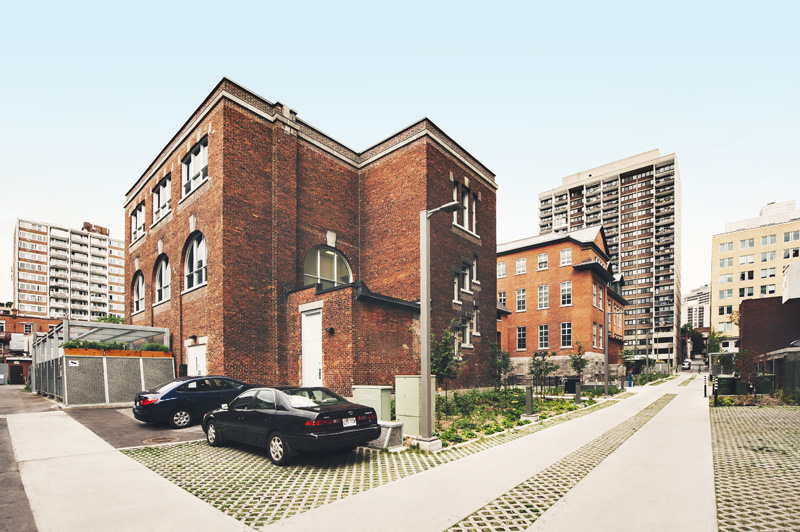Most exposed surfaces in high-density sectors of North-American cities (streets, sidewalks, plazas, parking lots, etc.) are covered by one of two materials: asphalt or concrete. These materials offer numerous advantages including affordability, flexibility, durability, and fluidity of movement. Asphalt was promoted as the ‘’miracle material’’ of the twentieth century and today covers more surfaces than any other manufactured product in the world.
However it has become clear that the ubiquitous use of asphalt and concrete is the source of certain negative impacts on the urban environment. Concrete and asphalt absorb a lot of heat, creating ‘’heat island effects’’ that are detrimental to public health. The formula of impermeable asphalt and concrete surfaces connected to underground storm drainage systems has created excessive loads on infrastructures that are expensive to build and maintain.
Quartier 21 is an experimental pilot project that seeks to transform a block of downtown Montreal into a viable model of sustainable development by implementing innovative solutions to the problems of heat island effect and surface water collection. As a demonstration project, Quartier 21 is the first strategic plan of its kind for sustainable development at the local level in Montreal. It is based on Agenda 21, an implementation plan for sustainable development initiated at the Earth Summit in Rio de Janeiro in 1992.
Most of the initiatives proposed by Quartier 21 roll back traditional civil engineering solutions that are complex and costly in favour of natural, low-tech solutions. The project’s evocation of imagery and choice of materials seek to underline this natural approach and draw attention to the contrast between urban and rural environments. The urban alley is re-imagined as a country lane with two tracks separated by a central swath of green; stone cribs such as those found in cottage country are used to build retaining walls and fences.
The project includes the planting of forty-five new trees and numerous indigenous plants, the replacement of the majority of asphalt surfaces by permeable pavers, an integrated waste-management strategy, and natural collection of 70% of run-off through permeable surfaces, rain gardens, and bio-swales. The overall landscaping scheme is carefully coordinated with an adjacent project, the Montreal Culinary and Hospitality School, also designed by Affleck de la Riva.
Eco-Quartier Peter-McGill, a local grass-roots organisation, was chosen in 2007 to set up and manage Quartier 21. The project is funded in part by the Health Canada Agency, the Public Health Agency of Quebec, and the City of Montreal.




